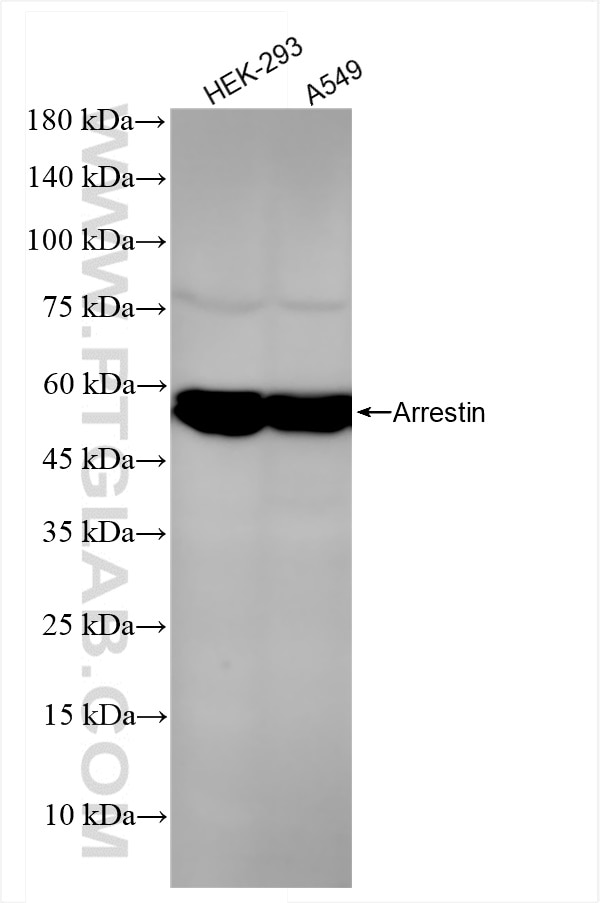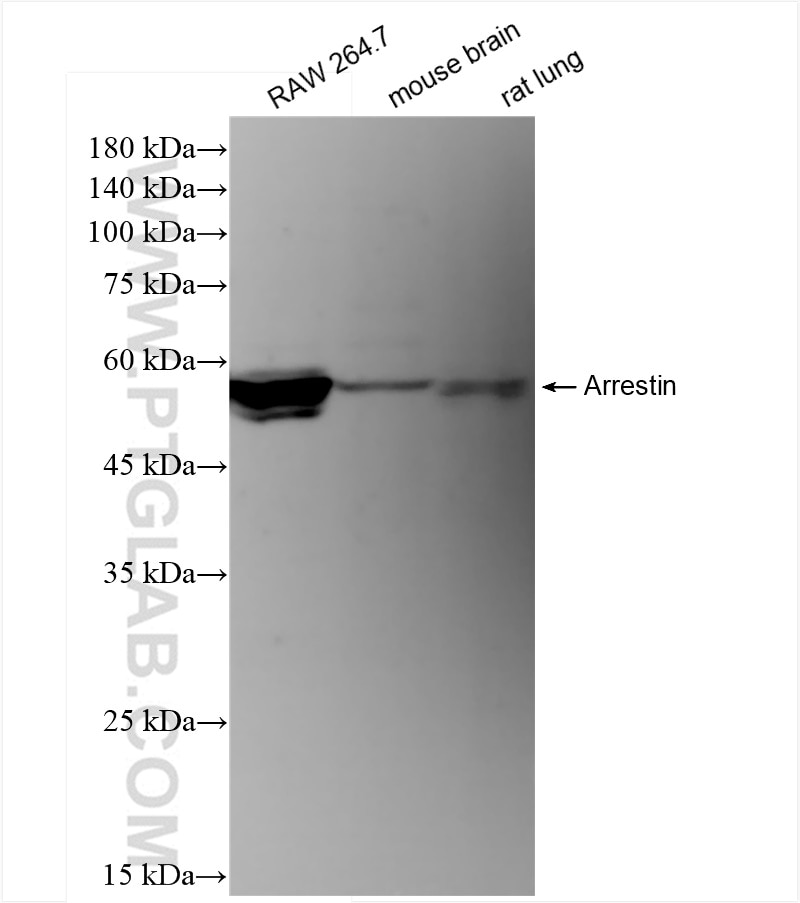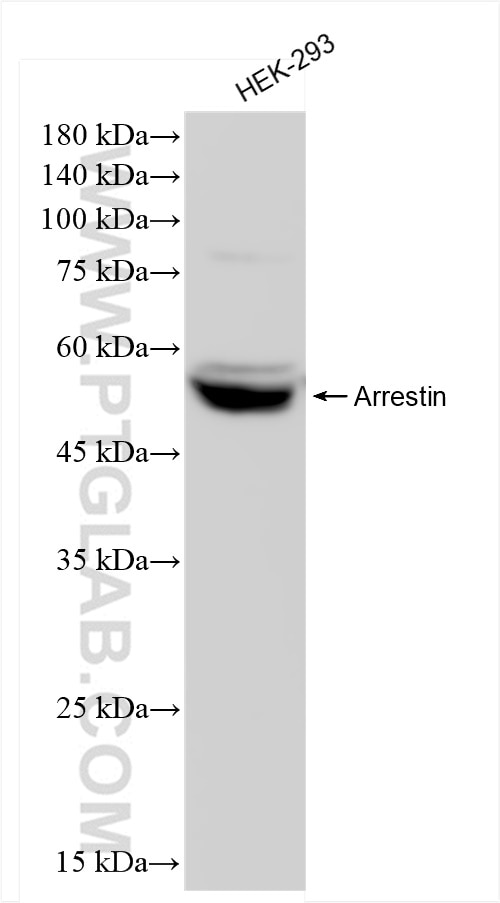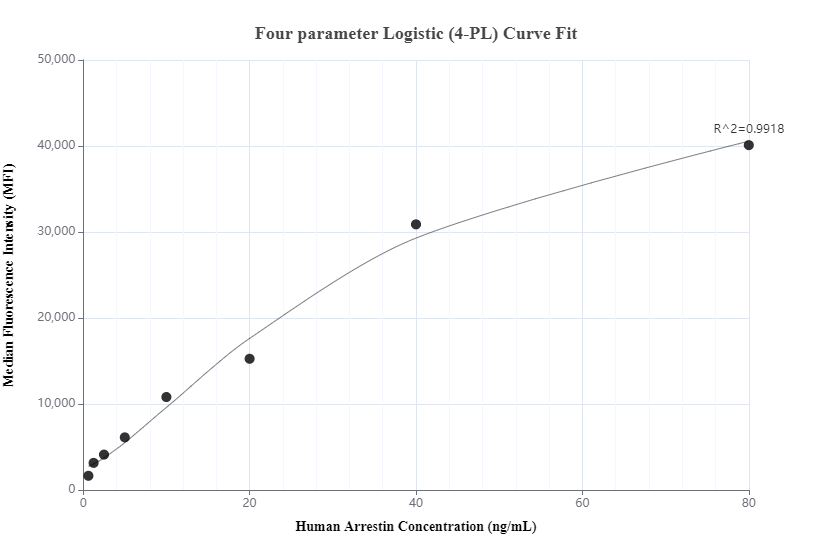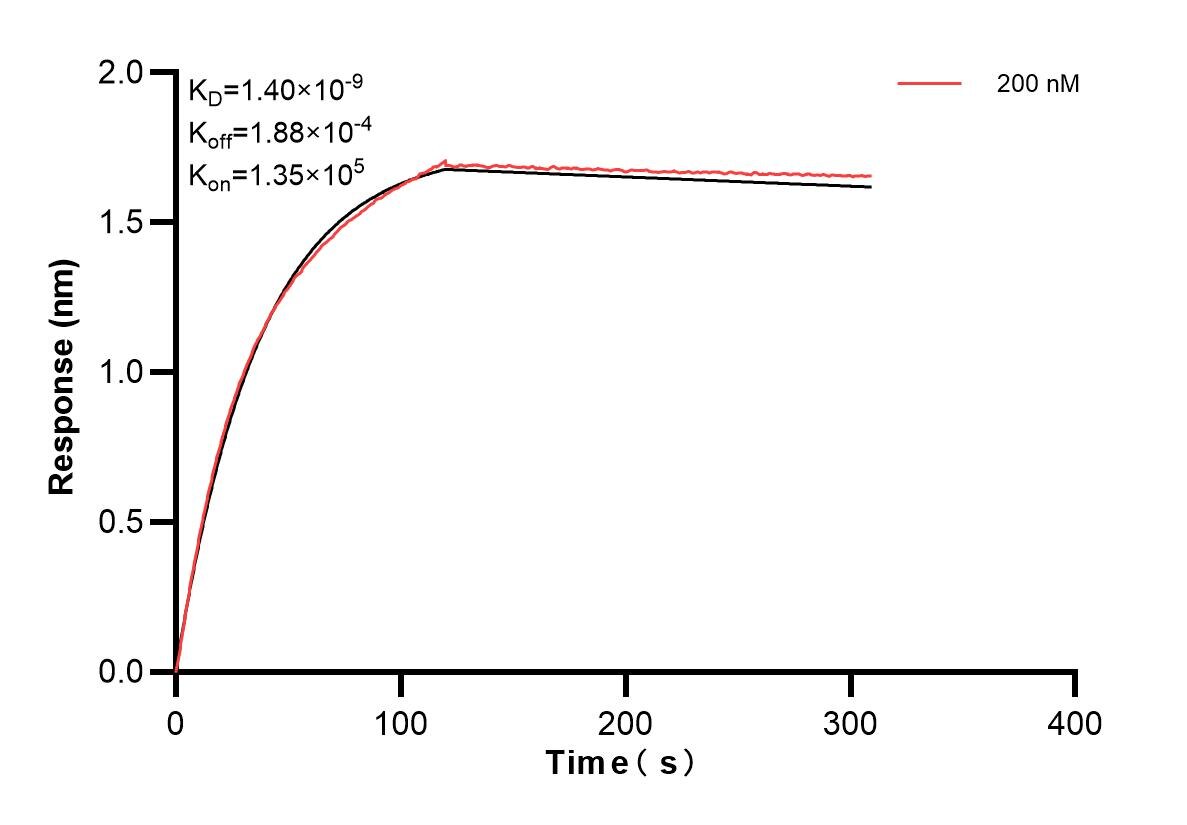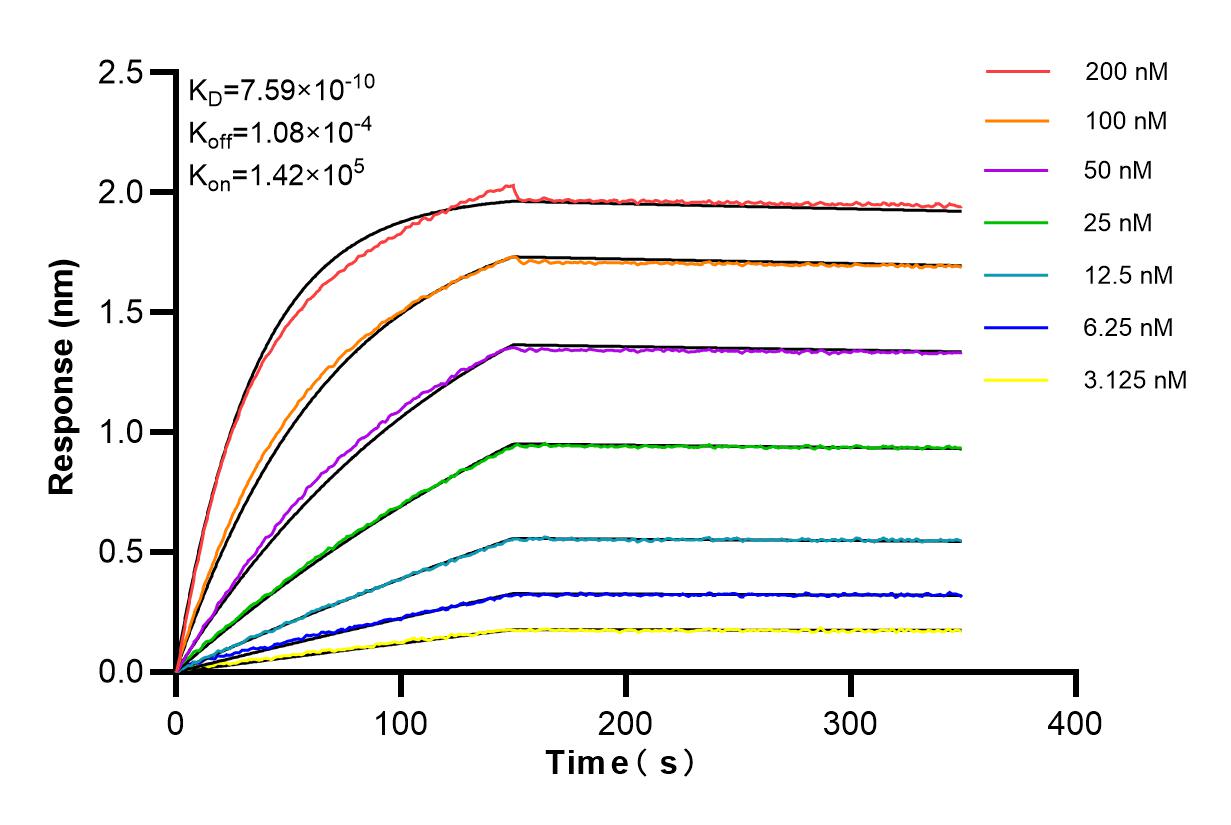Product Information
83837-1-PBS targets Beta Arrestin 1 as part of a matched antibody pair:
MP00811-2: 83837-2-PBS capture and 83837-1-PBS detection (validated in Cytometric bead array)
Unconjugated rabbit recombinant monoclonal antibody in PBS only (BSA and azide free) storage buffer at a concentration of 1 mg/mL, ready for conjugation. Created using Proteintech’s proprietary in-house recombinant technology. Recombinant production enables unrivalled batch-to-batch consistency, easy scale-up, and future security of supply.
This conjugation ready format makes antibodies ideal for use in many applications including: ELISAs, multiplex assays requiring matched pairs, mass cytometry, and multiplex imaging applications.Antibody use should be optimized by the end user for each application and assay.
| Tested Reactivity | human, mouse, rat |
| Host / Isotype | Rabbit / IgG |
| Class | Recombinant |
| Type | Antibody |
| Immunogen | Beta Arrestin 1 fusion protein Ag7608 Predict reactive species |
| Full Name | arrestin, beta 1 |
| Calculated Molecular Weight | 47 kDa |
| Observed Molecular Weight | 47-55 kDa |
| GenBank Accession Number | BC003636 |
| Gene Symbol | Beta Arrestin 1 |
| Gene ID (NCBI) | 408 |
| Conjugate | Unconjugated |
| Form | Liquid |
| Purification Method | Protein A purification |
| UNIPROT ID | P49407 |
| Storage Buffer | PBS only , pH 7.3 |
| Storage Conditions | Store at -80°C. |
Background Information
β-Arrestins (ARRBs), the best known regulators of G protein-coupled receptor signaling, are versatile and multifunctional adapter proteins that regulate diverse cellular functions, including cell growth, apoptosis and immune responses. Overexpression of beta Arrestin 1 has been found in various cancers, indicating it as a potential therapeutic target for cancer treatment. Recently expression of ARRB1 in saliva has been identified as a candidate circadian biomarker. ARRB1 migrated as a doublet of two bands of 45 and 55 kDa (PMID:28947386).
